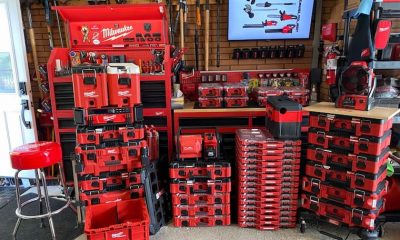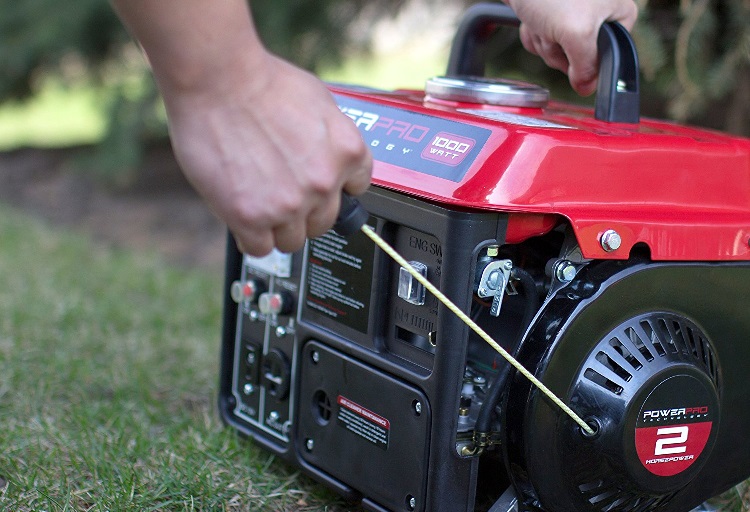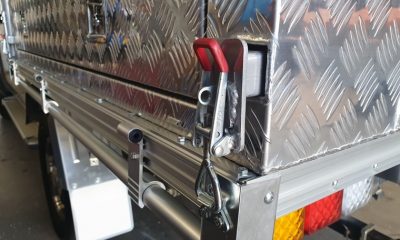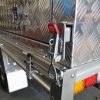Industry
A Beginner’s Guide to Woodworking: How to Choose the Essential Tools and Supplies
Today, the thrill of new retail opportunities naturally comes along with every new hobby. For woodworkers, getting their first tools and assembling a toolkit signals that they have arrived and are fully committed to a lifetime of creating, mending, constructing, and being self-sufficient.
Read on if you want to learn more about woodworking supplies and tools and when you should avoid using your credit card.
Types of Woodworking Tools
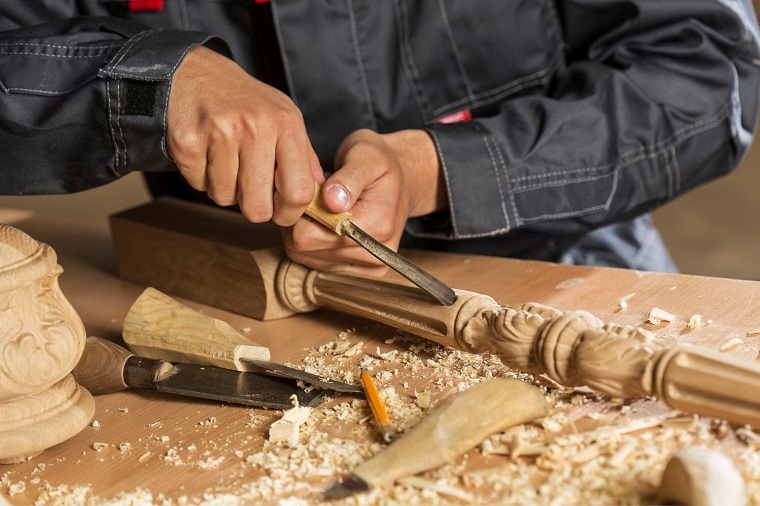
Primary hand tools haven’t changed much over the years, which is comforting because things like the material and size of handles and grips vary greatly. As a result, using a tool is the best way to determine what is most comfortable for you. Undoubtedly, the development of power tools had an immense impact on chippy life, particularly when it comes to sawing.
Naturally, when you’re new to an activity, it can seem you need everything. However, that’s not the case. Your best bet is to inform yourself and head to a specialised woodworking supply store to get what you need.
Measuring Tools
Cut once, measure twice. These wise words should highlight the significance of precise measurement for any woodworking project. Measurement mistakes can be costly and annoying. Always choose the proper tool and spend the time to measure twice as accurately. What are the best measuring tools for woodworkers?
- Tape measure. The most reliable tool in any toolbox for any trade is the not-so-humble tape measure. It’s a straightforward piece of equipment, but it’s crucial for every DIY project you ever complete. The best choice is a good, sturdy, metal retractable tape measure.
- Rule. A straight metal rule is a practical tool for precise measurement.
- Square. Any woodworking project that calls for right angles, which is nearly every project, requires a square frame. Before nailing or gluing frames together when making furniture, you can use it to help ensure your lines and joints are accurate.
- Level. Additionally called a spirit level, this gratifying piece of equipment makes all the difference between a casual and expert finish. One level tool will do you fine if you choose one that is big enough for most of your projects but small enough to fit inside any shelves you are likely to build or install. Select one with “bubbles” along both edges to help verify the alignment of the horizontal and vertical axes.
Sawing and Cutting Tools
As a woodworker, getting your first handsaw is a milestone. We encourage you to make a wise decision, care for it, and keep it forever! Yes, it’s possible to keep a saw for life, not just for Christmas, with regular maintenance.
TPI, or teeth per inch, is used to measure handsaw teeth. The finer the cut, the higher the TPI number. Lower-numbered saws have fewer teeth and are better suited for tasks where speed is more important than the finish. There are many different saw types, with circular and jigsaws being the most common.
- Circular saw. This kind of saw is a powerful tool that cuts plywood, MDF, and other types of wood with the help of a toothed rotary disc. For larger jobs, they work quickly and effectively.
- Jigsaw. A jigsaw has a single blade that can cut a wide range of wood and other materials, making it a very versatile piece of equipment. With practice, you can use it to cut both straight and curved lines.
Other Woodwork Tools
Filing Tools
Rasps and files are traditional tools used to smooth and finish a wood surface. They are long metal bars or rods incised with varying coarse line degrees.
Rumour has it that the middle school “bastard” file gets its name from a knight depicted in medieval heraldry as being “out of wedlock” with diagonal lines on his crest. The file isn’t described as large or small but as a “bastard.”
Planes
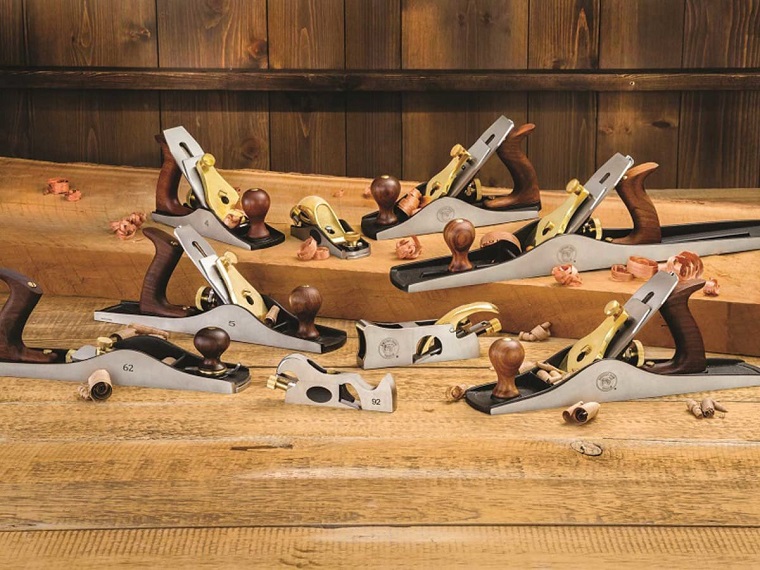
A wood plane is a crucial piece of equipment for woodworkers to shape and smooth wood by removing tiny wood shavings to achieve the desired finish. Since the time of the Mesopotamian woodworkers, planes have been wood-made, however, in the nineteenth century they underwent “modernisation” and came to have a metal frame.
Sandpaper
Every woodworker shed or toolbox contains sandpaper. As glass and sand are no longer present, the most commonly used materials today are aluminium oxide or silicon carbide. They come in sheets or rolls and are used to produce a smooth finish. You should also have a sanding block holding the sandpaper to keep the surface as flat as possible. The paper is frequently rolled around a stick to create a shape resembling the work to sand curves or holes.
What Woodworking Tools Do I Need?
Because of the wide variety of tools and supplies available at the woodworking supply store you can easily overspend. However, you don’t need to buy everything on the above list to start. Build up your tool collection gradually; woodworking is a lifelong skill that doesn’t require a significant investment in equipment right from the start. Spend wisely on a few higher-quality tools, learn how to maintain them, and you’ll never need to buy new ones.
What Is a Good First Woodworking Project?
Now that you’ve bought the essential woodcraft supplies, it’s time to use them effectively! Something made of “soft” wood, such as pine, is a good choice for a first project because it’s less expensive and softer than more expensive hardwoods like beech or oak.
Select a project that necessitates exact measurements but also allows for some “wiggle room,” as it takes practice to use a saw, chisel, and plane. Creating decorative homewares, like bud vases and edgy bowls, can be a fun project, and so can making pens, pencils and pen cases.






